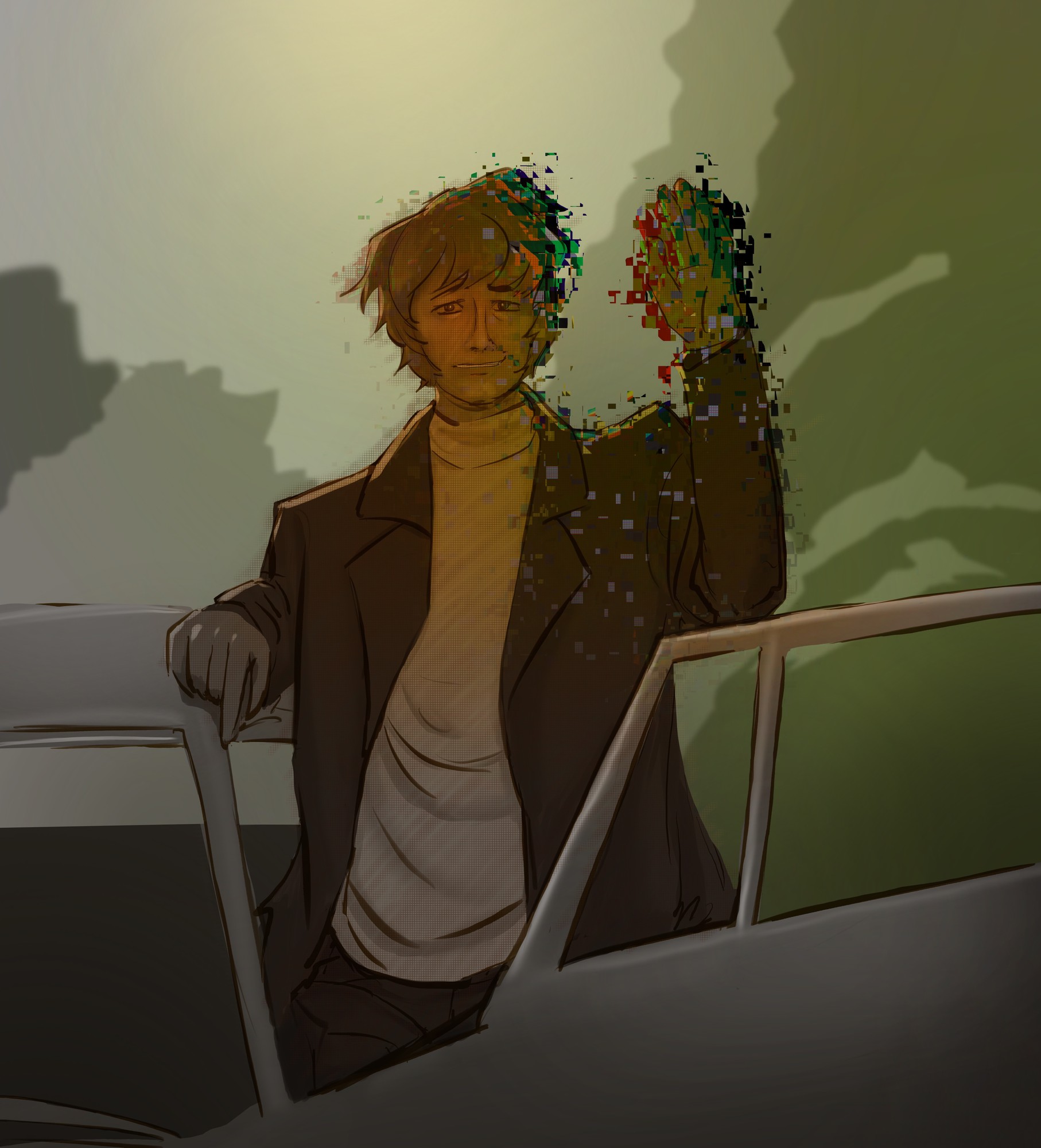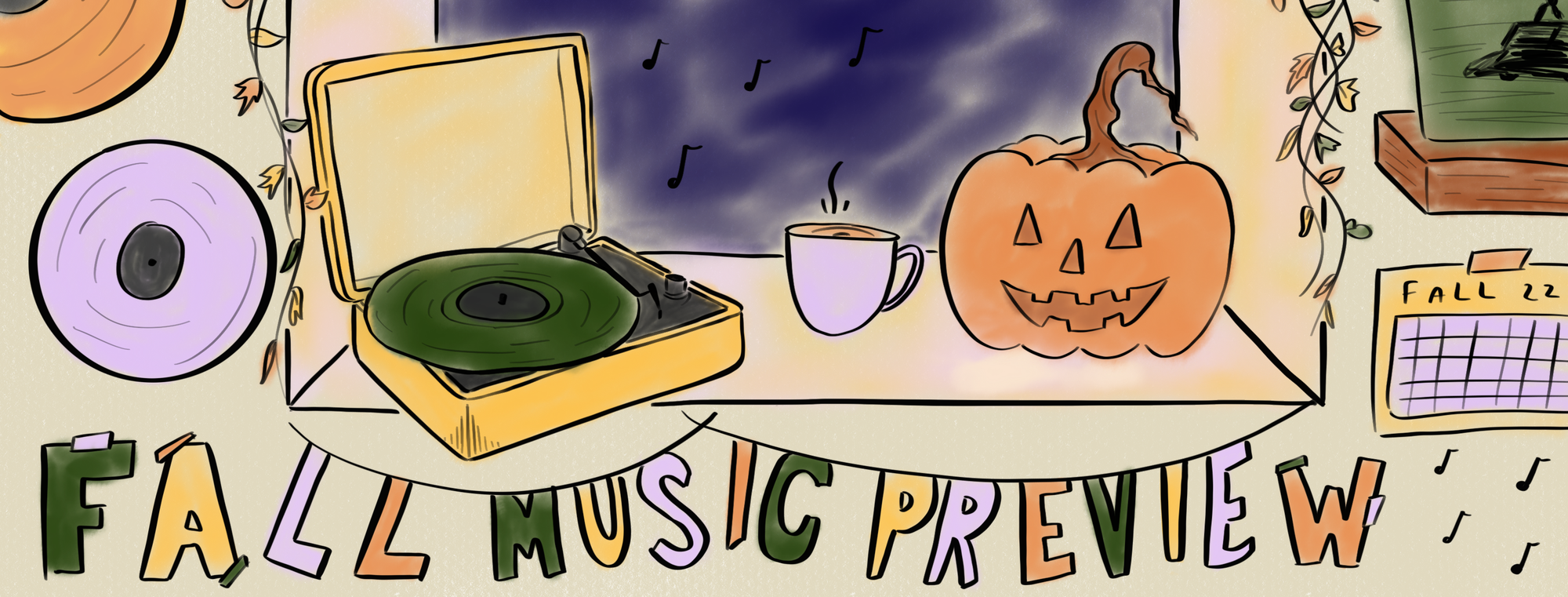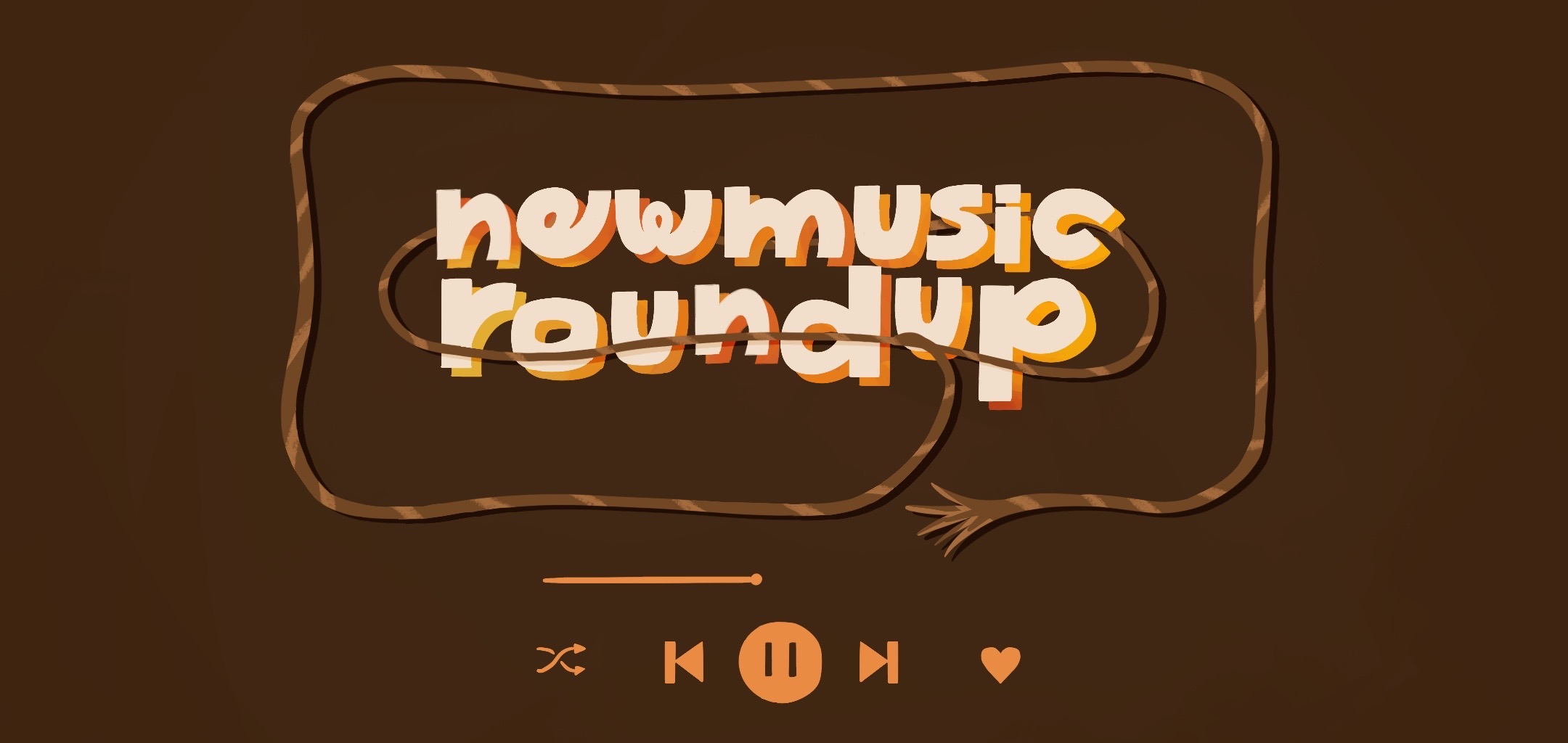Second Take: ‘Now And Then’ by The Beatles raises ethical questions of AI in music

(Helen Juwon Park/Daily Bruin)
By Chloe Colligan
Feb. 25, 2024 9:15 p.m.
This post was updated Feb. 27 at 7:56 p.m.
AI technology resurrects The Beatles for one final song, painting a chilling portrait of what can be done “Now” that was not possible “Then.”
On Nov. 2, Paul McCartney released a song featuring vocals and instrumentation from all four Beatles titled “Now And Then,” demonstrating the new capabilities of AI-led music production. Since its release, there has been both praise and controversy by experts and novices alike about the use of machine learning in the music industry. While these systems increase the accessibility of music creation, enabling bedroom producers like Fred again.. to gain notoriety, they simultaneously pose threats to established musicians, copyright policies and the wonders of musical collaboration.
There has been much bewilderment about how the late John Lennon’s vocals were produced, with many listeners fearing they were artificially generated. At least for now, this is not the case, as the song merely features a restored archival tape of Lennon singing in his old New York apartment. Yoko Ono gave The Beatles the tape along with a few other unfinished tracks, which they later developed into their 1995 “Anthology 1” album. Unfortunately, at the time, the band was unable to produce “Now And Then” because Lennon’s vocals were muddied by the piano he had simultaneously recorded on the at-home track.
[Related: Album review: The Rolling Stones continue to shine with ‘Hackney Diamonds’]
Even though the song was not AI-generated, it still represents a monumental moment in the music industry because it successfully utilizes a new production technique called stem separation. To understand the gravity of this, it is important to look at the history of music production, which can be broken down into three prominent eras: the birth of multi-track, studio recording in the 1940s, the development of MIDI in the 1980s and present developments in stem separation. This new technology allows people to take audio recordings featuring several different instruments and separate them into individual tracks.
With this breakthrough, McCartney was finally able to separate Lennon’s vocals from the piano on the recording of “Now And Then” to assemble a complete version of the song. Beyond the release of this song, this advancement has made many things possible, such as Apple Music’s new karaoke feature that isolates vocals to remove them from songs or the Donda Stem Player introduced by Kanye West in 2021 as a new way to listen to music with similar stem separation functions.
Once explained, the use of AI seems much less scary, if not promising, for it opens up a whole world of music production possibilities and allows artists to build on past music in new ways. On the other hand, the technology raises thought-provoking questions such as whether it is fair to use the vocals of an artist like Lennon without their permission. McCartney considers the implications of this in the 12-minute short he released alongside “Now And Then” to describe the production of the song. Ultimately, he believes Lennon would have wholeheartedly agreed to the use of his vocals. While this may be the case with this song, this could have more serious repercussions with other artists who are unable to speak up.
Beyond this, there are other dangers regarding the future of AI, one of which is the ever-encroaching reality of artificially generated music. After developments with stem separation, the recently apparent next use for AI technology is vocal synthesis with capabilities such as generating instrument tracks from vocal recordings or cloning the voices of celebrities. Dozens of websites already exist, advertising this technology to the public. For example, on Lalals, anyone can turn their voice into Drake’s or Beyoncé’s for a monthly subscription fee.
[Related: Second Take: Fans have the ability to hold artists accountable and should do so more frequently]
In April 2023, the release of a track called “heart on my sleeve,” which utilized AI versions of Drake and The Weeknd’s vocals, demonstrated the power of this technology. The track quickly gained popularity on streaming platforms, such as Spotify and YouTube, but was problematic because of the lack of consent from the cloned artists. While it was eventually taken down, it presents a cautionary example of how this technology can be utilized in unethical ways.
Despite this concerning example and fears of its future capability, major players in the music industry view this technology not as a threat, but as an asset to music production. Lyor Cohen, global head of music at YouTube and Google, believes YouTube’s new experimental AI-led tool called Dream Track will serve to boost human creativity. With this feature, users will be able to create short, original songs using text descriptions and clones of artists’ voices. Initially, the platform is only releasing this tool to a few content creators, but the goal is to make Dream Track an accessible feature for everyone. In fact, established artists such as Demi Lovato and John Legend have already agreed to have their voices cloned for the project.
In general, the release of “Now And Then” leaves audiences with a conflicting balance between hope and fear for the future of music production. In many ways, stem separation developments will open doors for artists and listeners alike, allowing past music to interact with the present in fascinating ways. In another sense, vocal synthesis technology threatens to encroach on the authenticity of physical production. Historically, technological advancements in the music industry have facilitated creative expansion, but the unknowns of AI bring the potential of a dystopian nightmare where artificial music becomes normalized.
For now, it seems wise to look at the positive side of the AI-led advancements that allowed Lennon to come back for one final “Hello” and “Goodbye.”






